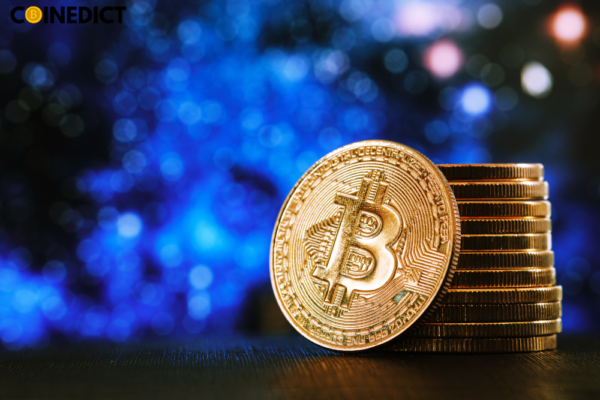
Africa’s Crypto Landscape: Nigeria’s Binance Case, Ethiopia’s Mining Expansion, and Kenya’s Tax Push
This week, Africa’s crypto landscape has been buzzing with developments from Nigeria, Ethiopia, Kenya, and South Africa. As crypto continues to shape lives across the continent, these events highlight how the industry is evolving in diverse ways. Nigeria: Binance Executive Released Amid Regulatory Scrutiny In Nigeria, authorities have finally released Tigran Gambaryan, a high-ranking executive of Binance, following ongoing investigations. The case drew significant attention, reflecting the government’s intensifying scrutiny of crypto exchanges operating in the country. Key Takeaways from the Nigeria-Binance Case: Ethiopia: Cementing Its Position in Bitcoin Mining Ethiopia has continued to expand its crypto mining activities, solidifying its status as one of Africa’s leading players in the sector. The country’s efforts to leverage its abundant renewable energy sources for Bitcoin mining have been central to this growth. Ethiopia’s Crypto Mining Expansion: Kenya and South Africa: Tax Authorities Target Crypto Users In East Africa, Kenya’s tax authorities are intensifying efforts to collect taxes from crypto users. Similarly, South Africa is pushing ahead with regulations to ensure crypto transactions are fully compliant with tax laws. Kenya’s Tax Push: South Africa’s Tax and Regulation Update: Crypto Adoption Across Africa: A Stealthy Revolution From Nigeria to South Africa, Ethiopia, and Kenya, the adoption of crypto in Africa continues to grow steadily, driven by factors like economic instability, lack of financial infrastructure, and the potential for economic empowerment. Why Crypto Matters in Africa: Conclusion: Africa’s Crypto Journey Continues Africa’s crypto sector is evolving rapidly, with each country taking a unique approach to regulation, adoption, and innovation. As Nigeria navigates regulatory challenges, Ethiopia leverages its energy resources for mining, and Kenya and South Africa focus on tax compliance, the continent’s crypto story is becoming more complex and promising. The developments this week underscore the potential of crypto to reshape Africa’s financial landscape. However, the future will depend on the balance between innovation and regulation, as governments and businesses strive to maximize the benefits while managing the risks.

















